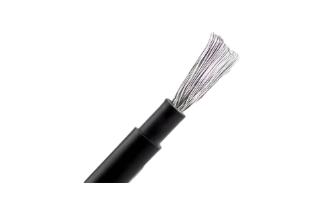Application FAQ For Solar Cable
Application FAQ For Solar Cable
1. Insulation Damage in Photovoltaic Cables
Photovoltaic cables possess distinct characteristics, derived from their unique insulation and sheathing materials. Exposure to radiation accelerators alters the molecular structure of cable materials, enhancing their overall performance. However, during installation and maintenance, cables traverse sharp roof edges, experiencing bending, stretching, and impacts. Insufficiently robust cable jackets can lead to severe insulation damage, impacting cable longevity and potentially causing short circuits, fires, and injuries.
Causes of Insulation Damage:
- Inferior cable quality with impurities within the primary insulation.
- Substandard quality of cable accessories.
- Lack of strict control and incorrect methods in cable production.
- Poor production environment leading to impurities in the cable insulation layer.
- Inexperienced and unskilled installation personnel.
Prolonged cable overloading elevates the temperature of the cable insulation material, potentially exceeding its maximum standard, hastening the aging of the cable insulator.
3. Inappropriate Selection of Cable Conductor Materials
National standards dictate the material, insulation resistance, average sheath thickness, outer diameter, and conductor resistance of cables. Deviations from these standards pose substantial security risks.
4. Excessive External Cable Flame Temperature
Unqualified heat resistance in cables, unable to meet the 90°C operational and 250°C short-circuit temperature requirements, can lead to fires and diminished electrical performance. Hence, choosing high-quality cables is crucial for photovoltaic power plants.
 PV solar connector
PV solar connector





